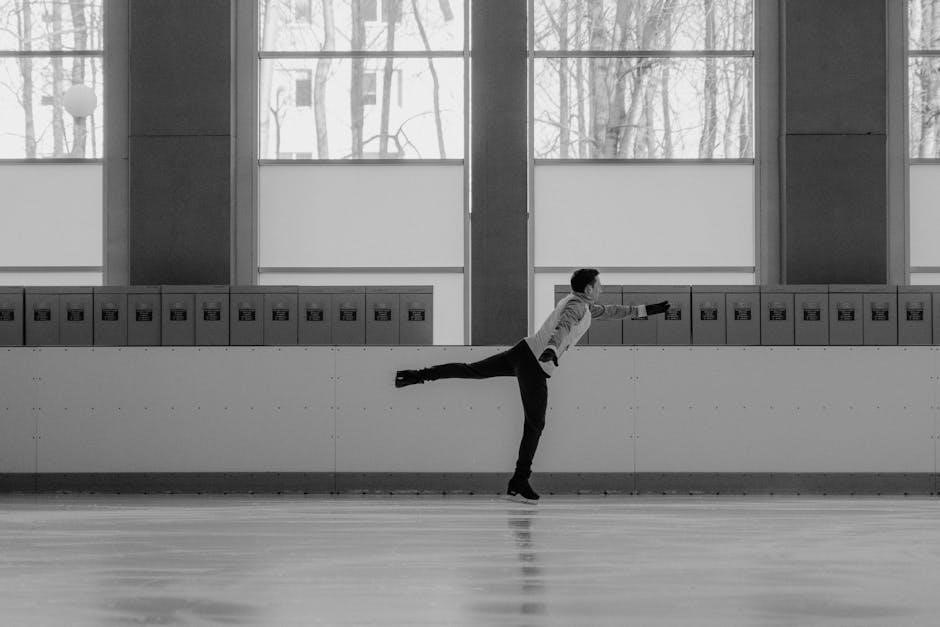Exercises for de quervains help relieve pain and strengthen muscles,
typically
starting with gentle movements and progressing to more intense activities, improving wrist and thumb function, as outlined in de quervains exercises pdf resources available online today normally․
Understanding the Condition
De Quervain’s tenosynovitis is a condition that affects the tendons on the thumb side of the wrist, leading to pain and tenderness, especially when forming a fist, grasping, or turning the wrist․ The condition is often caused by repetitive movements or overuse of the wrist and thumb, and can be exacerbated by direct blows to the area or sudden twisting motions․ According to de quervains exercises pdf resources, understanding the condition is crucial in developing an effective treatment plan․ The symptoms of de Quervain’s tenosynovitis can range from mild to severe and may include swelling, redness, and warmth to the touch․ In some cases, the condition can cause a catching or snapping sensation when moving the thumb․ The exact cause of de Quervain’s tenosynovitis is not always clear, but it is believed to be related to inflammation of the tendons and their surrounding sheaths․ By understanding the condition and its underlying causes, individuals can take steps to prevent further irritation and promote healing․ This knowledge can also help guide the development of a personalized exercise program, as outlined in de quervains exercises pdf resources, to help alleviate symptoms and improve wrist and thumb function․
Importance of Exercises
Exercises play a crucial role in the management and rehabilitation of de Quervain’s tenosynovitis, as they help to relieve pain, reduce inflammation, and improve wrist and thumb function․ According to de quervains exercises pdf resources, a well-structured exercise program can help to strengthen the muscles and tendons in the wrist and thumb, improving overall mobility and reducing the risk of further injury․ Regular exercise can also help to promote healing and reduce the need for surgical intervention․ Furthermore, exercises can help to improve range of motion, reduce stiffness, and enhance grip strength, allowing individuals to return to their normal activities and daily routines․ By incorporating exercises into their treatment plan, individuals can take an active role in managing their condition and promoting recovery․ The importance of exercises in de Quervain’s tenosynovitis cannot be overstated, and it is essential to work with a healthcare professional to develop a personalized exercise program that meets individual needs and goals․ This program can be tailored to address specific symptoms and limitations, and can be adjusted as needed to ensure optimal progress and recovery․
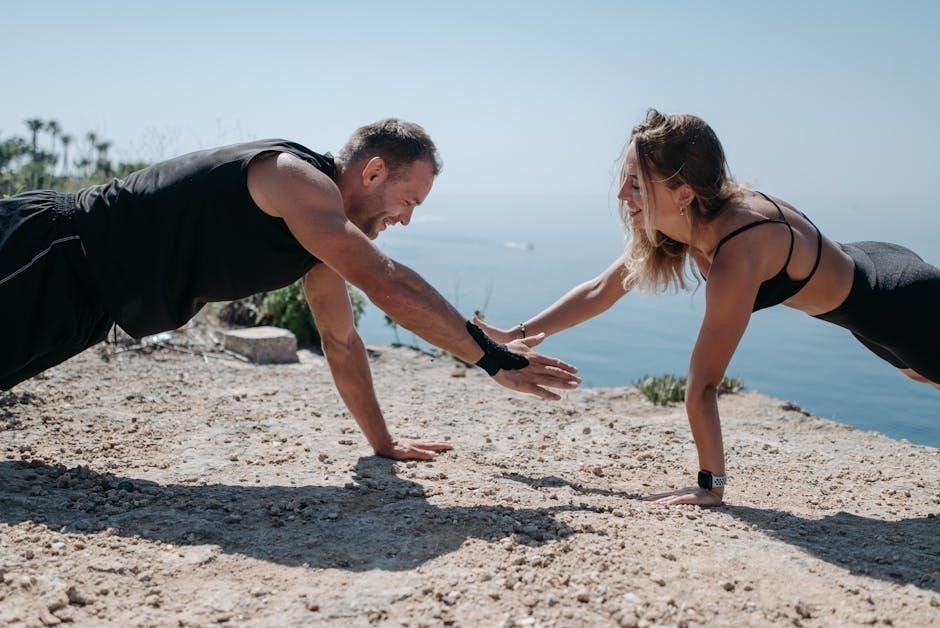
Stage 1 Exercises
Initial exercises focus on gentle movements,
improving
wrist and thumb mobility, reducing pain and stiffness, as outlined in de quervains exercises pdf, with a gradual progression to more intense activities, normally․
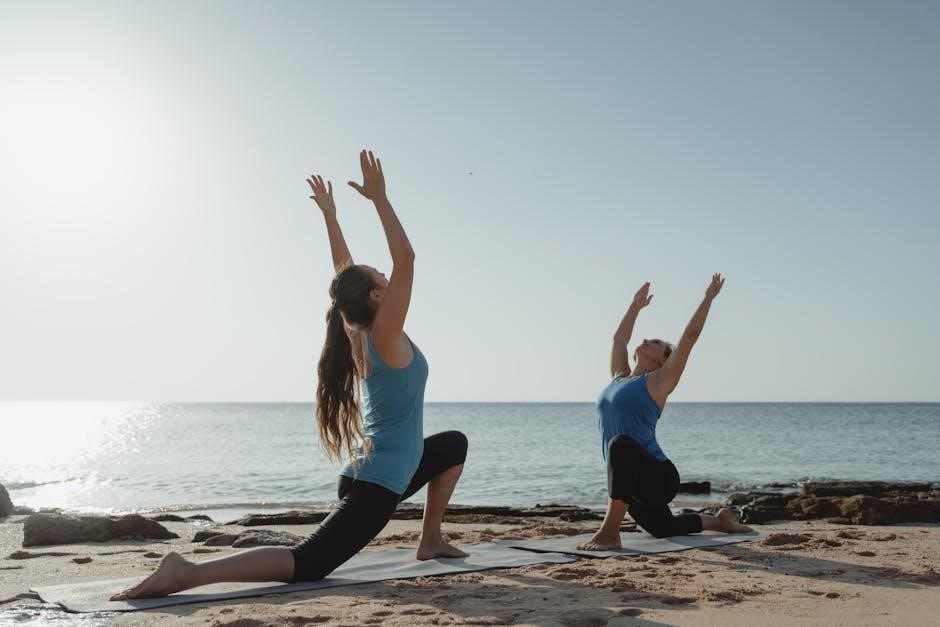
Initial Exercises
Initial exercises for de quervains are crucial in helping to relieve pain and stiffness in the wrist and thumb, as outlined in de quervains exercises pdf resources․ These exercises typically involve gentle movements, such as placing the affected hand palm down on a table and gently moving the thumb away from the table․ This helps to improve mobility and reduce stiffness, allowing for a gradual progression to more intense activities․ The exercises are usually performed in a slow and controlled manner, with a focus on easing off if pain is experienced․ It is essential to start these exercises slowly and progress gradually, as overexertion can exacerbate the condition․ By following the exercises outlined in de quervains exercises pdf, individuals can help to manage their symptoms and improve their overall wrist and thumb function․ The initial exercises are an essential part of the rehabilitation process, and it is crucial to perform them correctly to achieve optimal results․ Regular practice and patience are key to successful rehabilitation, and individuals should consult with their doctor or physical therapist to determine the best course of treatment․ With consistent practice, individuals can expect to see improvements in their condition, allowing them to return to their normal activities․
Opposition Stretch
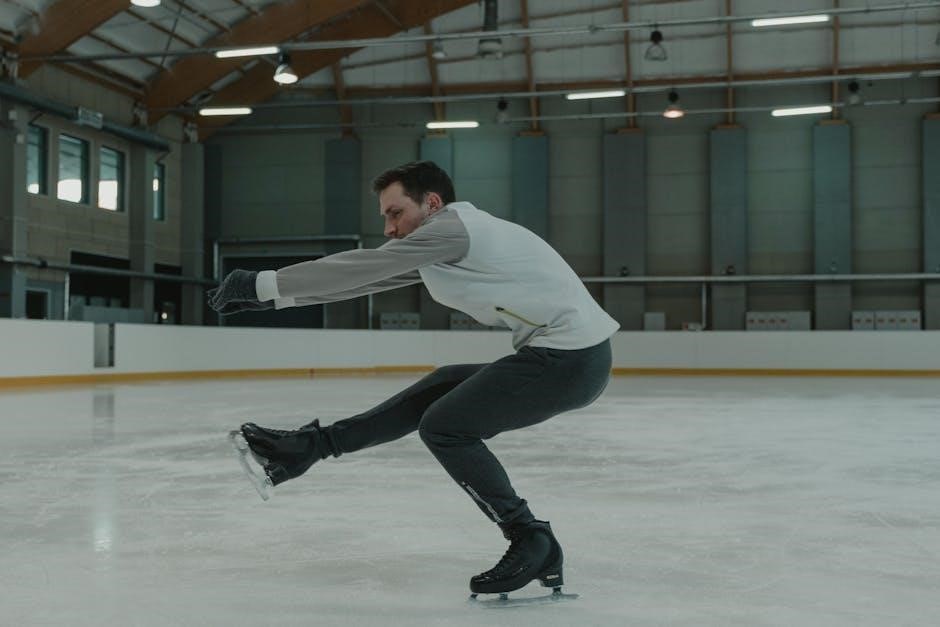
The opposition stretch is a specific exercise that targets the tendons and muscles affected by de quervains, as described in de quervains exercises pdf․ To perform this exercise, rest your hand on a table with your palm facing up, and touch the tip of your thumb to the tip of your little finger․ Hold this position for 6 seconds, and then release․ Repeat this exercise 10 times, taking care not to overexert or cause pain․ The opposition stretch helps to improve flexibility and range of motion in the wrist and thumb, reducing stiffness and discomfort․ It is essential to perform this exercise slowly and smoothly, avoiding any jerky or forced movements․ By incorporating the opposition stretch into your exercise routine, you can help to alleviate symptoms and promote healing․ The exercise can be modified or adjusted as needed, and it is recommended to consult with a doctor or physical therapist to determine the best approach for your individual needs․ Regular practice of the opposition stretch can help to improve overall wrist and thumb function, allowing for a return to normal activities and reducing the risk of further injury or discomfort․
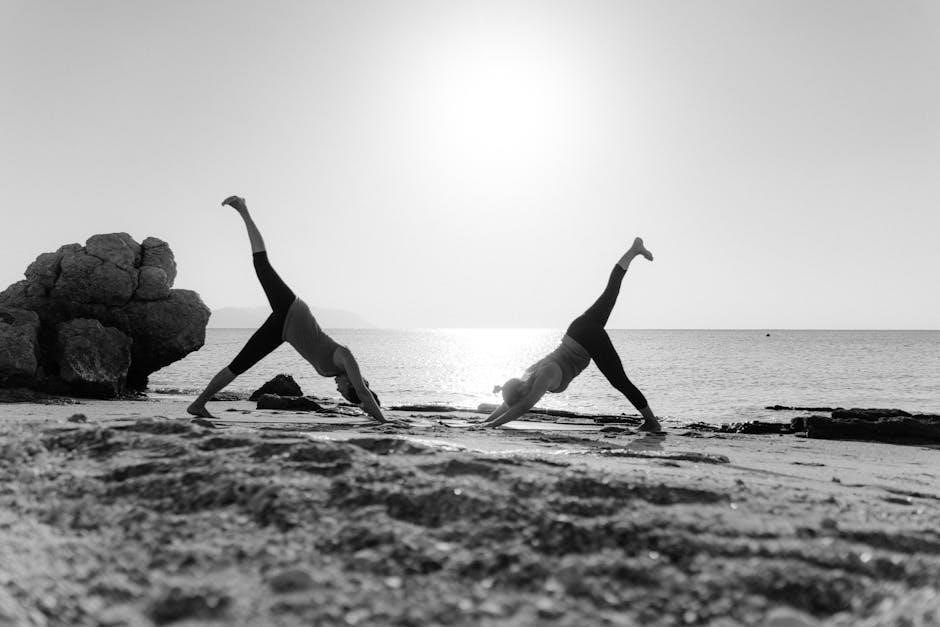
Progressing with Exercises
Exercises progress gradually, with
increased
intensity and frequency, helping to improve wrist and thumb function, as outlined in de quervains exercises pdf resources, promoting healing and reducing discomfort, with gentle movements, normally․
Thumb Lifts
Thumb lifts are an essential exercise for de quervain’s tenosynovitis, helping to strengthen the muscles and tendons in the thumb and wrist․ To perform this exercise, start by placing your hand flat on a table with your palm facing down․ Slowly lift your thumb away from the table, keeping it straight, and then lower it back down․ Repeat this motion for 10-15 repetitions․ It is crucial to begin slowly and gently, as overexertion can exacerbate the condition․ As you progress, you can increase the number of repetitions and sets․
It is also important to note that thumb lifts can be modified to suit individual needs and comfort levels․ For example, you can start with smaller movements and gradually increase the range of motion as your condition improves․ Additionally, you can use a resistance band or light weight to add extra challenge to the exercise․
Remember to consult with your doctor or physical therapist before starting any new exercise routine, especially if you have a pre-existing condition or concern; They can provide personalized guidance and recommendations tailored to your specific needs and abilities․ By incorporating thumb lifts into your exercise routine, you can help alleviate symptoms and promote healing, as outlined in de quervains exercises pdf resources․ Regular practice and patience are key to achieving optimal results and improving overall wrist and thumb function․
Wearing a Splint
By wearing a splint, individuals can help alleviate symptoms such as pain and swelling, and promote healing and recovery․ It is a non-invasive and relatively simple treatment option that can be used in conjunction with other therapies, such as physical therapy and medication․ Regular follow-up appointments with your doctor or physical therapist will help determine the effectiveness of the splint and ensure a proper treatment plan is in place to manage de quervain’s tenosynovitis․
